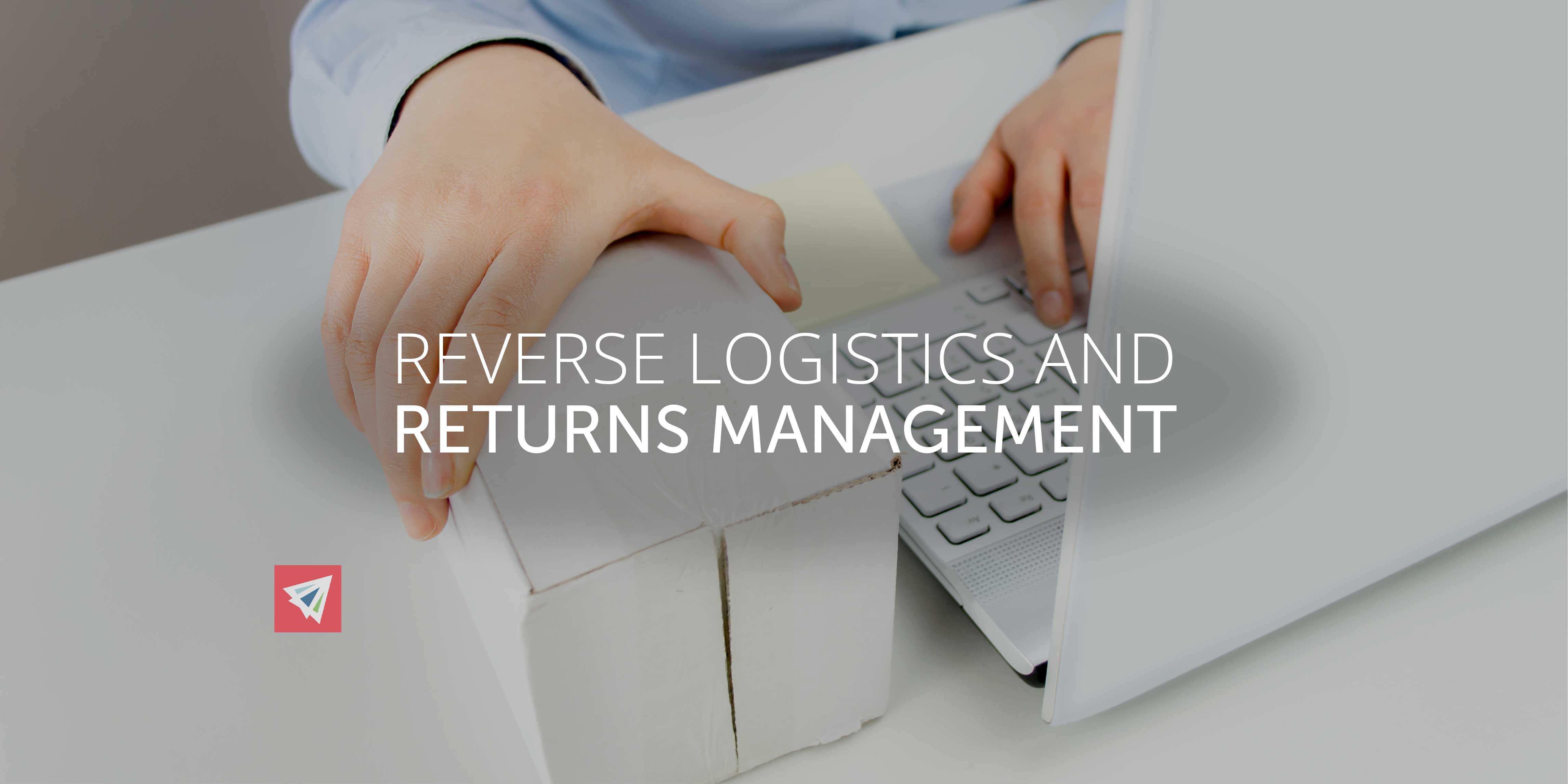As stated before, reverse logistics encompasses all activities involved in sending a shipment backwards in the supply chain. Those of us involved in any type of consumer goods or b2b product sales understand that returns can happen for any reason – broken or damaged goods, customer rejects, wrong order, change of plans, etc. But reverse logistics and returns management is a bit more complicated than just slapping a return label on a package and sending it back. There are questions surround who handles payment, what happens to the goods after they are returned, and how to avoid future mishaps.
Returns Management: Hidden Costs and Return Fees
Returns management unfortunately has financial implications. Someone ultimately has to pay for the return of the goods, and the one who handles the cost of return may be different depending on the situation. For example, in the case of goods arriving damaged, it is almost always the responsibility of the shipper/supplier to pay for the return of the goods. However, in the case of the buyer ordering the wrong items or changing their mind about an order, they will generally be in charge of return costs. Make sure you state the terms of return costs beforehand to avoid issues.
6 Hidden Costs in Reverse Logistics
There are 6 hidden costs that commonly cause for financial disrupt for shippers in returns management:
Labor
Labor can include customer relations labor costs (deciphering return policies on a per-project-basis), customer service labor costs (negotiating contracts/warranties/etc.), financial reconciliation labor cost (issuing credits, inventory reporting for Sarbanes-Oxley), sales labor costs (revenue recognition, margin protection, account management), traffic and shipping labor costs (managing carriers, damage incurred in transit, tracking and tracing), and receiving and warehouse labor costs.
Grey Market Items
Often times, returned goods end up on the grey market, which is fancy talk for products that are sold outside of the normal distribution channels.
Lack of Visibility
Between the customer, the design team, merchandising staff, and third-party vendors, everyone wants visibility into the return status of the goods. Without out it, you’ll end up paying for all the phone and email time to communicate the whereabouts of the shipment.
Inaccurate Forecasts
If your returns data is floating on an Excel sheet where mistakes are bound to happen, sales people can’t see enough to make an accurate assessment of costs, and the operations side won’t be able to prepare for a returns influx.
Credit Reconciliation
This one is huge, especially for large returns. If return requests get passed but not reconciled to receipts, your accruals, claims recouping, and vendor management will all suffer inaccuracies.
Bad Brand Image
If you or your team are slow to work with your customers in the case of a return, it will lead to bad customer service levels, negative reviews, and additionally, more costs (due to the drawn out project.)
Returns Management vs. Refurbishing and Remanufacturing
When it comes to reverse logistics, there are a few different end results of the product lifecycle. Companies often have the chance to turn a failed shipment into a profitable product (as opposed to simply disposing of the returned items.)
Returns management focuses on managing reverse logistics optimally and efficiently through two activities known as gatekeeping and avoidance.
Gatekeeping
Gatekeeping is incredibly important in cost-management when it comes to reverse logistics and returns management. It is a process by which a company manages how many products are allowed to enter the return distribution channel. An effectively managed gatekeeping process would reduce the number of returned goods while maintaining a brand’s customer service level.
Avoidance
Avoidance is similar to gatekeeping. The goal is to screen products before they enter the reverse flow through the supply chain. However, rather than cutting off returns, avoidance aims to minimize the number of returns that must happen. This is possible using quality control, user friendliness, and strategic promotional programs.
Both gatekeeping and avoidance are fantastic strategies for lowering the amount of goods that are returned. The less that are returned, the less overall reverse logistics and returns management costs come out to be. But cutting off the return funnel isn’t the only way to mitigate costs with reverse logistics.
Refurbishing and Remanufacturing
Refurbishing and remanufacturing occur when a product is returned in a damaged but repairable condition. Depending on how your facility is set up, refurbishing goods may save you the cost and time of reproducing replacement units. If your facility is well-prepared to handle refurbishing minorly damaged goods, you could more than break-even on your returned and resold goods.
Here are a few terms to understand as they relate to the reverse logistics supply chain:
- Repair: Fixing applicable damages in order to re-integrate the inventory into the warehouse or the distribution chain for re-sale.
- Remanufacturing: Using new, repaired or reused parts to rebuild the product in order to meet the original product specifications, and repairing or replacing obsolete or worn out components.
- Refurbishing: Improving old or outdated products to meet the manufacturer’s new specifications and standards.
- Cannibalization: Recovering reusable parts from used products in order to facilitate remanufacturing or refurbishing activities.
- Recycling: Reusing materials from another product or sub-assembly to create new products or refurbish others.
Concluding Thoughts
Reverse logistics and returns management doesn’t have to be a hassle. In fact, it’s a prime time to demonstrate your brand’s customer service levels and ability to offset costs. Effective gatekeeping and avoidance strategies can keep your reverse logistics funnel from becoming overcrowded, while establishing and maintaining efficient refurbishing and remanufacturing procedures at your warehouse can decrease your damaged goods costs.
Reverse logistics are a tricky topic. If you are ever wondering what the cheapest, most effective, or most wise decision is to make regarding your company’s reverse logistics process, give one of our Interlog USA team members a call. We would be happy to help!
